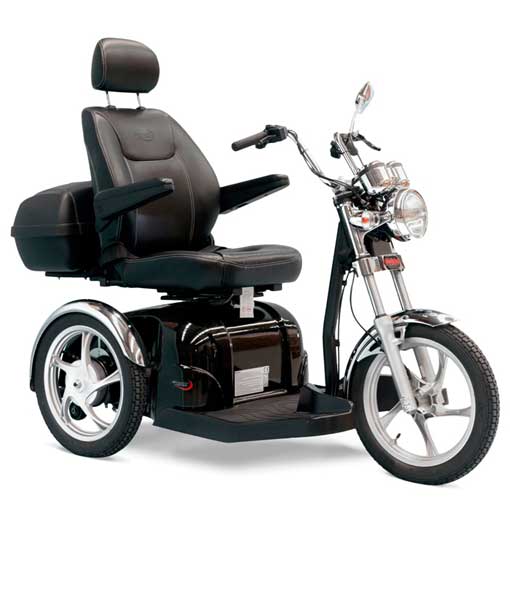Occupational therapy is a discipline of medicine that focuses on assisting persons with disabilities in regaining independence in daily activities. Patients of all ages with cognitive, sensory, or physical difficulties can benefit from OT. Whether they have developmental difficulty or cognitive issues allows them to participate fully in life, work, and play.
Technology plays an essential role in our daily lives. It also has a more significant role to play in the delivery of occupational therapy services. Occupational therapists are constantly experimenting with these technologies to see how they can assist disabled persons to participate in society and live everyday life.
Assistive technology is the term for this social form of tech. OTs like Home Caring often use low-tech devices like sock aids, but they also use various innovative tools to keep with current times while offering the best solutions for their patients. However, before we get into how assistive technology affects occupational therapy, it’s vital to grasp the basics.
Assistive Technology
Consider a caveman who broke his leg while hunting for food for his family. A hunting buddy attaches a branch with twine to the afflicted bone to help put it right due to a lack of health facilities and alternatives. As time passes, the stone-age man regains mobility, and a family member suggests using a walking stick. All of the examples above are rudimentary forms of assistive technology. The walking staff is an older kind of crutches, while the branch and rope are novel substitutes for a plaster.
Since then, occupational therapy has evolved to include numerous tactics, services, practices, and devices. Any piece of equipment or technological solution that aids persons with disabilities in improving their functional capacities and thereby modifying their way of life is considered assistive technology.

Uses Of Assistive Technology In Occupational Therapy
Assistive technology tries to aid daily life in various performance areas that functional constraints have hampered. Continue reading to see how AT can help you assist a function that is hindered.
When one’s occupational performance suffers, they are more likely to be influenced by several adverse effects, such as:
- Suffering on a biological level
- Stigmatization in society
- Problems with self-esteem
- Loss of autonomy
The most common application of assistive technology is in self-care. It shows how disabled individuals may use technology to improve daily life. For example, someone with limited upper-extremity function can use AT to undertake personal care, home management, and general responsibilities. On such a patient’s clothing, you’ll notice single-handed buttons or zipper pulls, as well as modified tool grips.
AT is used to help people with limited movement. Examples of such devices include wheelchairs, crutches, and canes. For example, the elderly affected by musculoskeletal conditions like osteoporosis and chronic arthritis find it challenging to take long walks in the park. The travel mobility scooter is for such a case.
Furthermore, we can utilize assistive technology to improve information access for those with sensory impairments through hearing and vision devices. Students, particularly children, can employ electronic gadgets to generate a beneficial learning effect in an educational context.
Final Say
Because the technological landscape is so fluid, we should expect to see more mainstream methods and technologies integrated into occupational therapy and assistive technology policies in the future.


